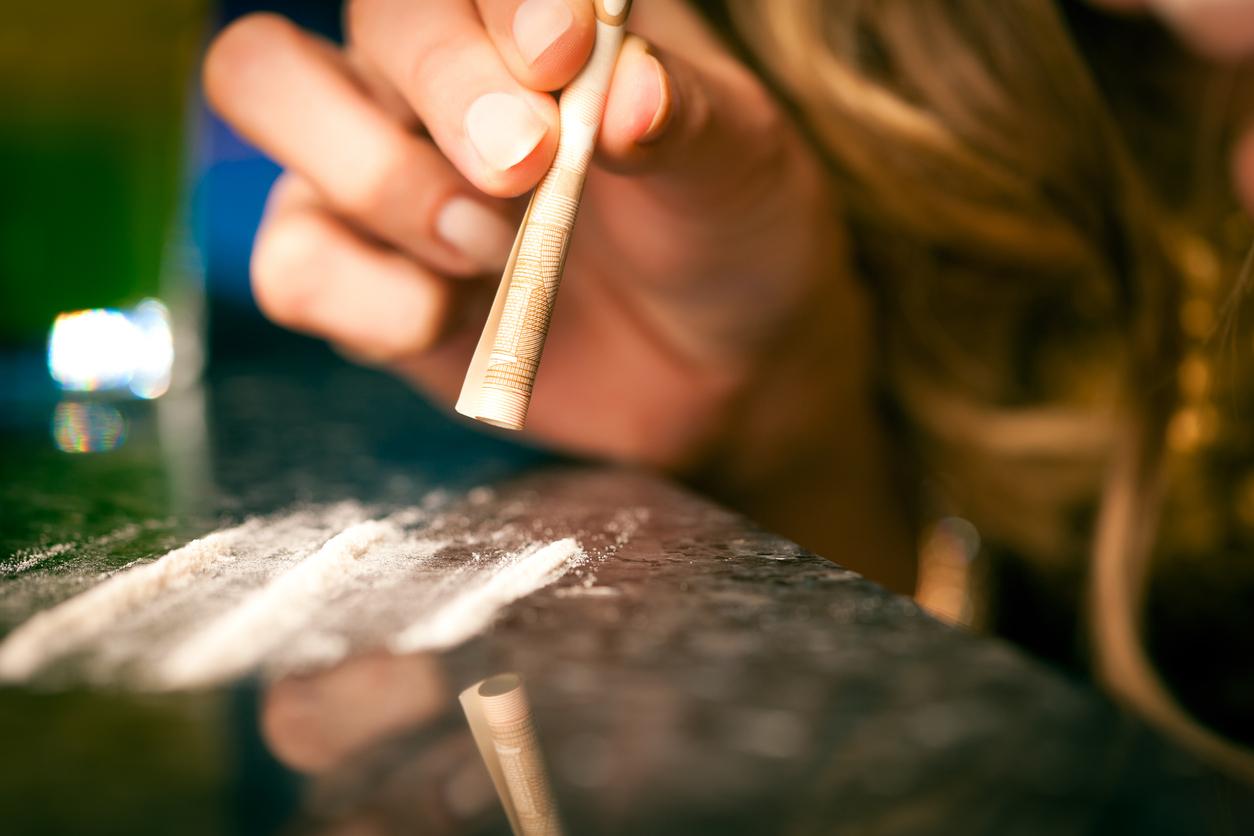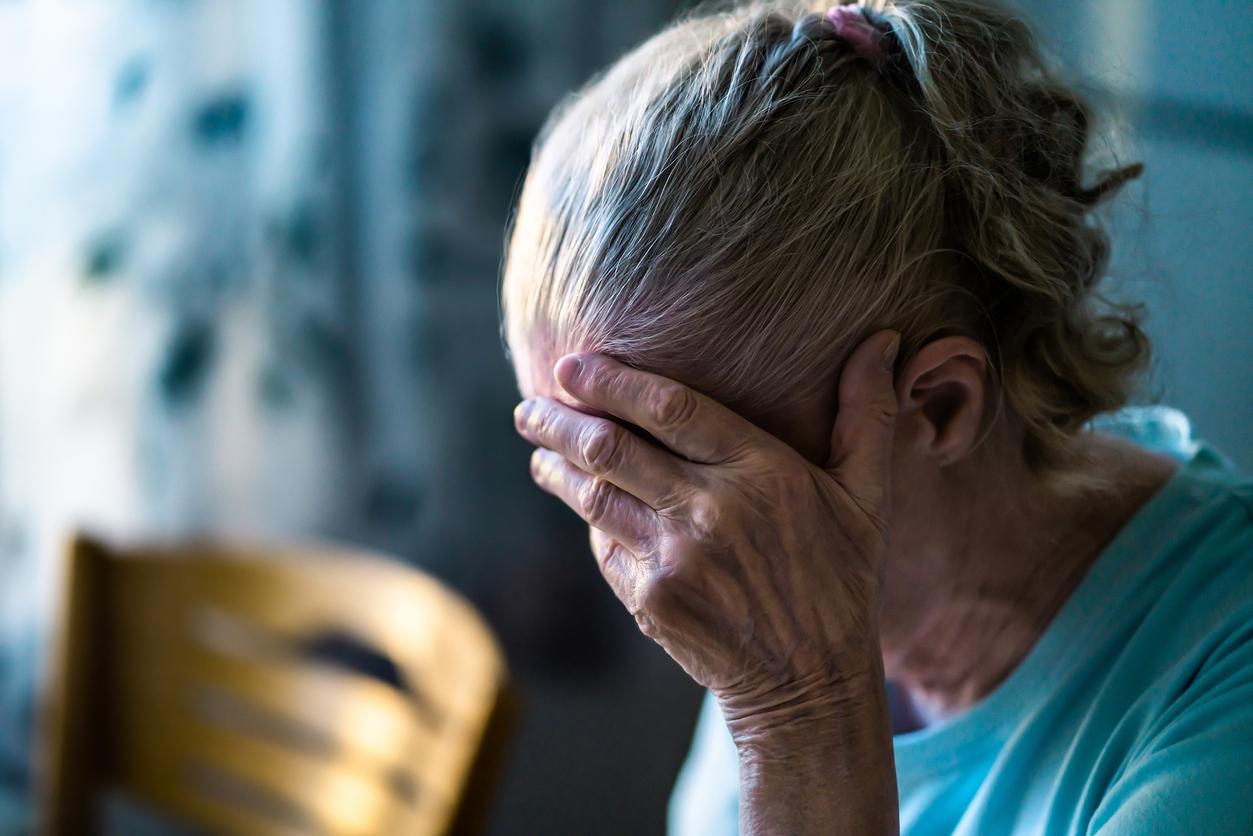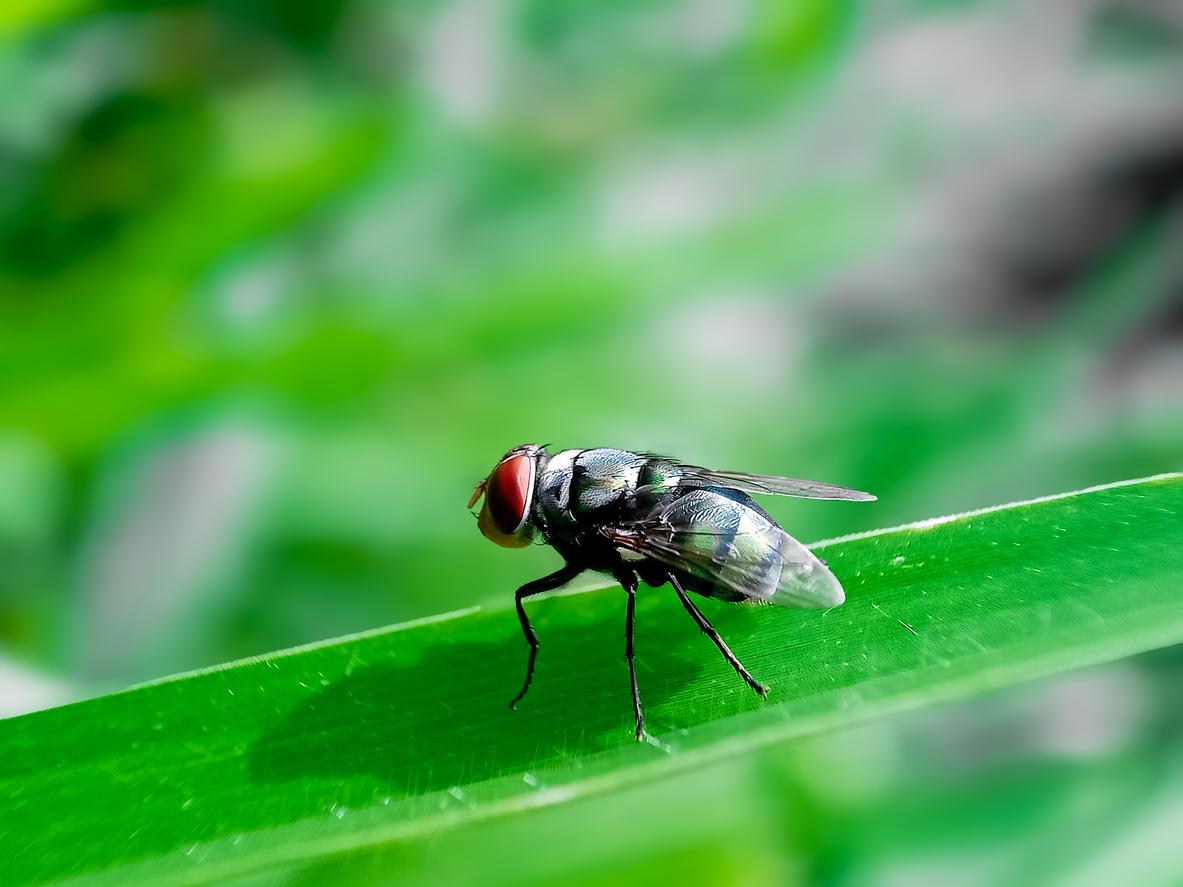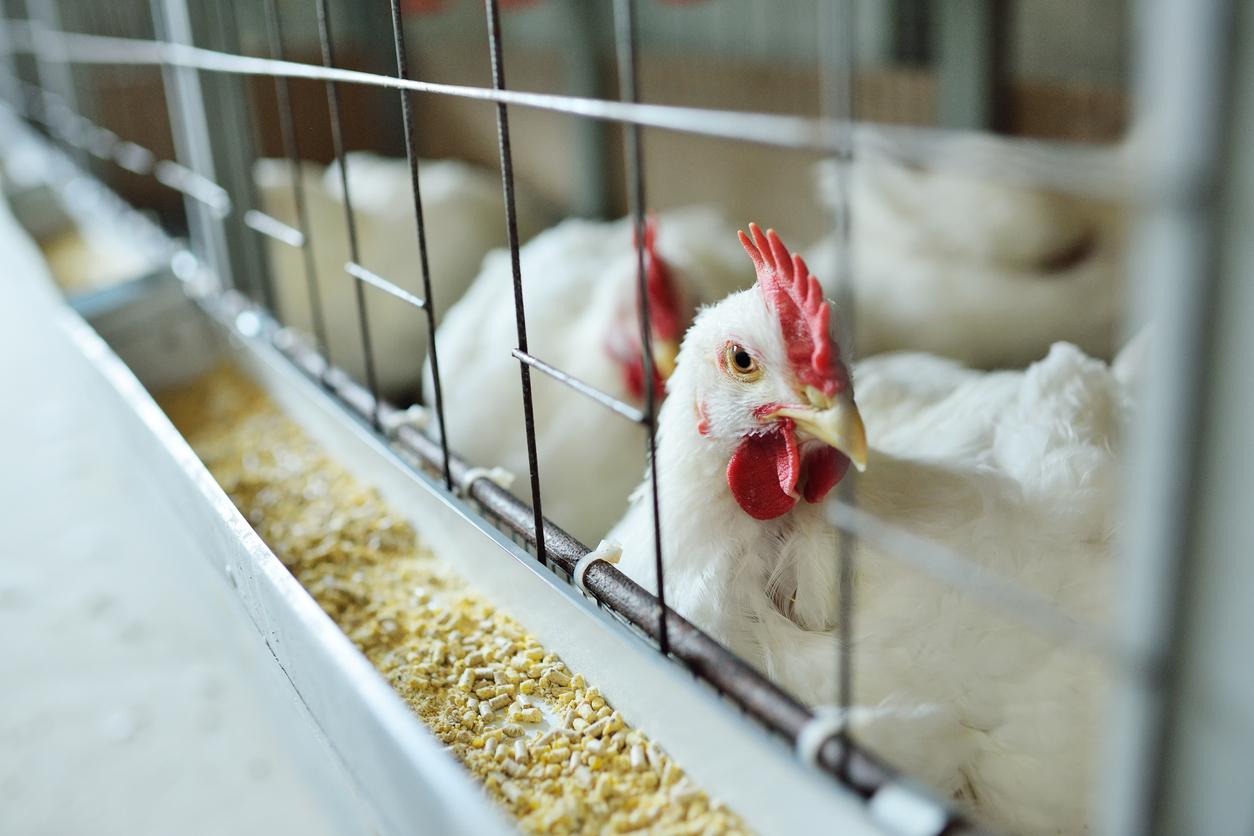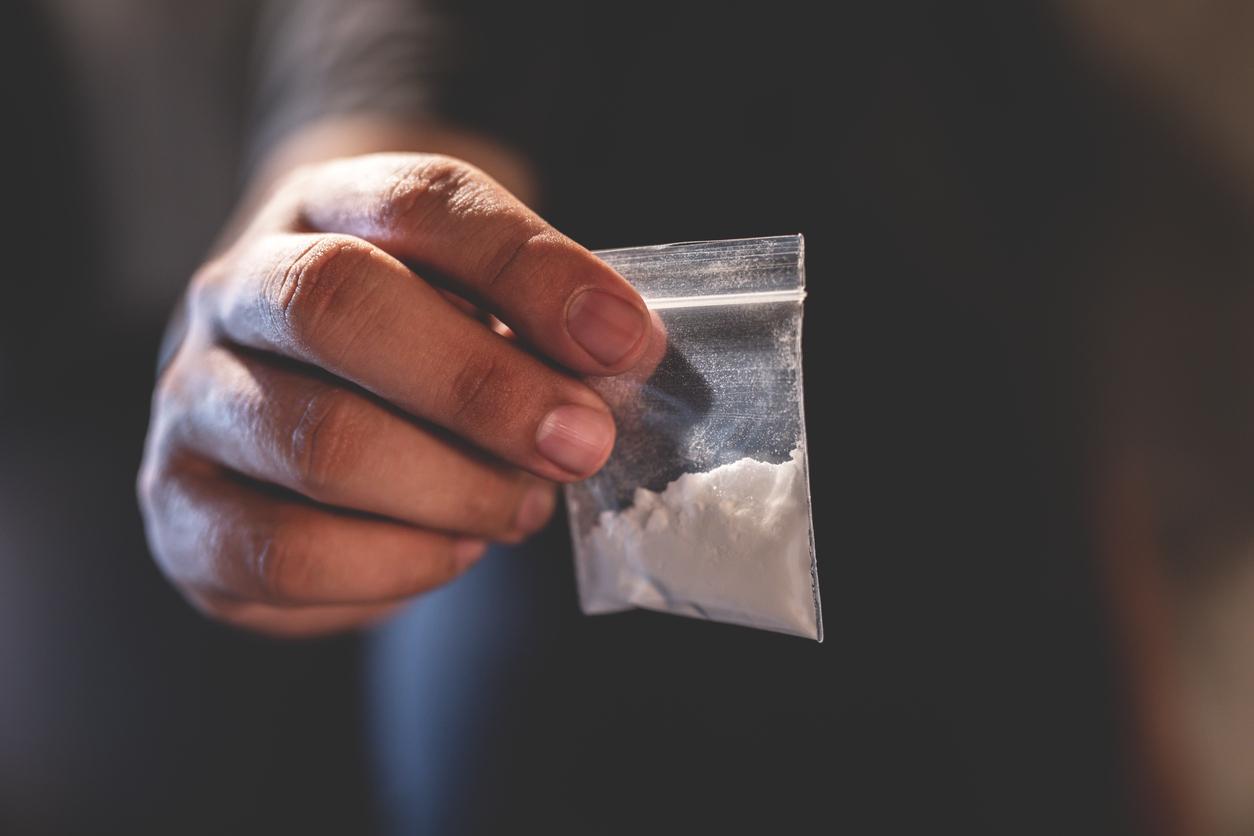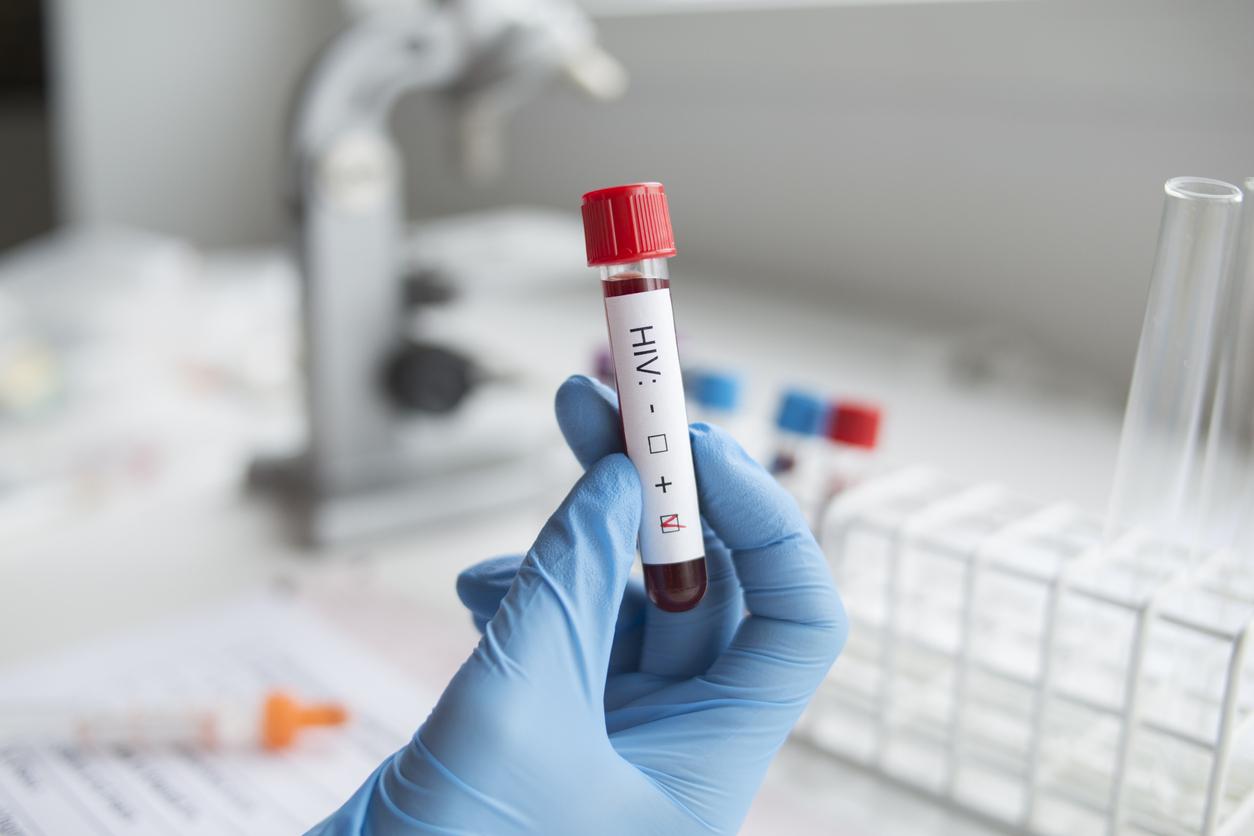Within a year, Austin, Indiana, experienced an explosion in HIV cases. Injecting drug use was involved. The fight paid off and the infections slowed.
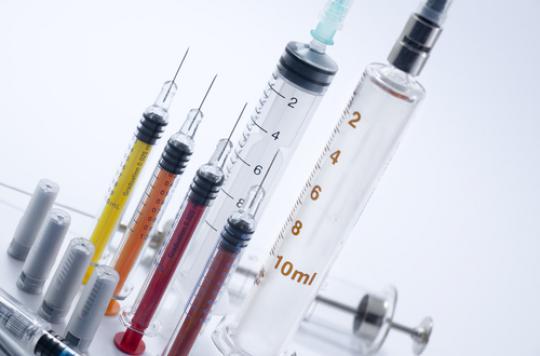
The fight paid off in the small town of Austin. This is not the capital of the state of Texas (United States) but a town in Scott County, Indiana, populated by 4,200 inhabitants, including a single doctor. Since February 2015, Austin has faced an unprecedented HIV epidemic. If the authorities took a long time to organize themselves, their strategy paid off.
One syringe for 9 people
Between 2009 and 2013, the city only experienced three HIV infections. But, from 2015 the virus spread impressively. In February alone, 30 cases were reported. A month and a half later, 55 of them were infected. An alarming curve that prompted the Indiana government to declare a state of health emergency on March 26. It’s a waste of time: in 2016, 190 cases were counted.
At the origin of this unprecedented spread, a high consumption of oxymorphone. This prescription pain reliever is also black marketed and used for recreation. However, among the newly infected, four out of five admitted to taking intravenous injections. And each patient would have shared their syringe with nine people on average. This greatly promotes infections.
High poverty
Faced with this finding, the county governor finally bowed. This conservative Republican has authorized the distribution of sterile syringes to drug users. The number of new infections has started to slow down.
The other problem lies in the level of poverty of the population, 1.5 times higher than in the rest of the state. One in five residents live below the poverty line. Most of those affected therefore had neither private insurance nor identity documents. Indiana has therefore opened a structure for screening, prevention and the fight against the abuse of psychoactive substances. It also offers medical care – and in particular access to antiretroviral treatment but also post-exposure prophylaxis, administered immediately after a risky relationship or contact with a potentially contaminated syringe.
The city of Austin is slowly starting to recover: between mid-June and mid-July, “only” 14 new cases were diagnosed, proof of a real slowdown in infections.
.








